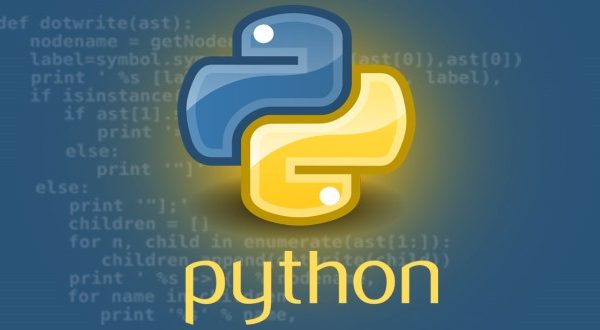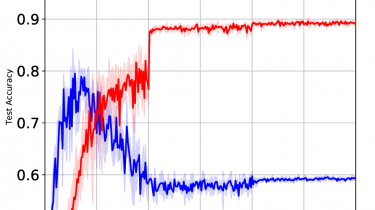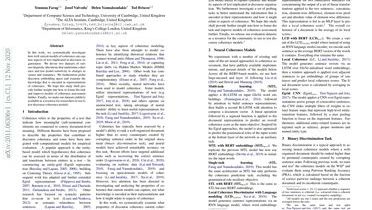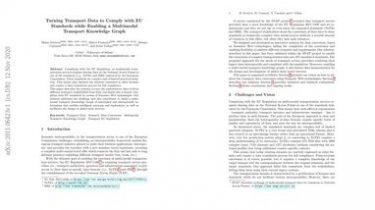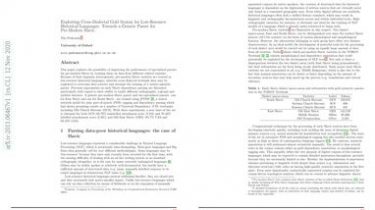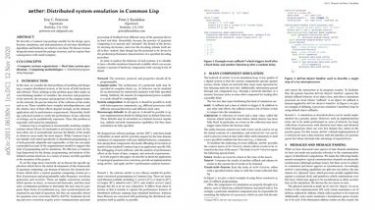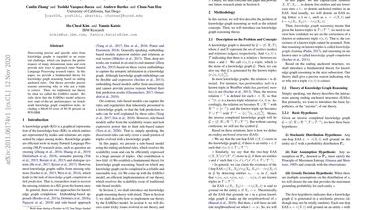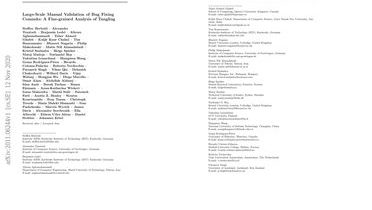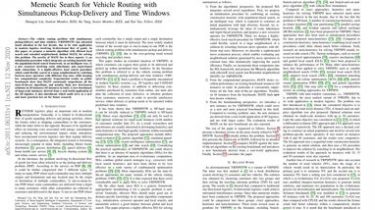How to Plot Inline and With Qt – Matplotlib with IPython/Jupyter Notebooks
Introduction There are a number of different data visualization libraries for Python. Out of all of the libraries, however, Matplotlib is easily the most popular and widely used one. With Matplotlib you can create both simple and complex visualizations. Jupyter notebooks are one of the most popular methods of sharing data science and data analysis projects, code, and visualization. Although you may know how to visualize data with Matplotlib, you may not know how to use Matplotlib in a Jupyter […]
Read more